When completed, the Coastal Rail Trail will provide a Class 1 (fully separated) bikeway parallel to the NCTD line from the Oceanside Transit Center to the Carlsbad city limits. The trail currently stops at Oceanside Blvd., but the city has started design work on
- crossing Loma Alta Creek at Buccaneer Park, completing the trail from Oceanside Blvd. to Morse.
- replacing the substandard trail from Morse to Vista Way: the original trail built in 2003-2005 was only 8′ wide, instead of the 15′ standard on newer segments of the trail in Oceanside. The wider width is necessary to allow bidirectional travel and a mix of cyclists and pedestrian use.
- connecting south from Vista Way to the city limits; the current trail along Broadway dumps cyclists out on the street at Vista Way.

Finishing (and upgrading) this rail trail has been a top priority for Save South O since 2017. This will be on the agenda for the July 25 South O community meeting (6:00-7:15pm at the Moose Lodge, 2017 S. Coast Highway).
South O Trail Upgrade
For #2 and #3 (the South O upgrade), council approved starting the alignment study in February, and work has begun on gathering public input to shape that design. There are two immediate opportunities for South O to make its voice heard in this process. See also the city’s Coastal Rail Trail website for future updates.
August 7 Workshop
On Monday August 7, the city is holding a 6:00-8:00 pm workshop at the Civic Center Library downtown. The city and its consultants will provide an update on the project, and it will be a time that South O (and other residents) can ask questions questions of both.
This is the first of two planned workshops (the other in February/March 2024) before the consultants unveil their proposed alignment in the summer of 2024.
Online Survey
To understand what Oceanside, Carlsbad and other residents want for the the South O upgrade, the city has posted a 14 question survey at http://bit.ly/OceansideCRT If you fill out the survey before August 7, you will both know the questions the consultants are asking and also influence their thinking at the event.
When you fill out the survey, here are two observations.
- The survey doesn’t distinguish between South O and other 92054 residents. You should indicate in the remarks that you live in South O.
- When I joined a group in taking the survey, the six categories for Q6 (“What are your top priorities”) was confusing. Some clarification of these categories:
- Access & Mobility refers to the part of the trip when you are not on the trail (e.g., if you bike to the harbor, the part from your home to the trail and the part from the end of the trail to the harbor).
- Equity is a two-part question, a general one about “serving all trail users”, and a specific one about “historically underserved populations.”
- Feasibility & Timeline is asking if you are willing to give up some of your lower priorities to get the trail made sooner.
- Safety was the only question that seemed clear to everyone.
- Sustainability was also clear to most, when it refers to “environmentally sustainable design practices.”
- Trail Experience refers both to whether you will enjoy using the trail, and also if the trail is attractive enough to others so they will use the trail.
The alignment study will decide several questions about the preferred path through South O, which is not necessarily the same as the current trail. One key question is how the trail will connect from Eaton to the Coast Highway bike trail, since the Buena Vista Audubon Society has rejected the city’s request to have the trail connect south of Eaton using their lagoon property. Also, although the bulk of the trail (segment #2) is expected to utilize NCTD right of way, the question remains where exactly the trail will be placed along Myers and/or Broadway.
Finally, since the northern trail is west of the train tracks and the city’s southern terminus is west of the tracks, a key question is how does the trail cross the tracks? The options seem to be
- Continue to cross the tracks at the existing Cassidy Street grade crossing;
- Cross the tracks south of Cassidy Street, either under or over the tracks; or
- Cross the tracks north of Cassidy Street, either under or over the tracks.
Crossing Loma Alta Creek
Today, the current CRT goes from the Oceanside Transit Center south to Oceanside Blvd. There is no connection from Oceanside Blvd. to the existing (narrow) ”rail trail” that begins at Morse St., between Myers and the NCTD tracks.
The city has approved connecting these two segments with a 255′ long bridge over Loma Alta Creek, starting to the existing trail at the south end of Buccaneer Park, and extending north from the bridge to Oceanside Blvd. The trail would be 14’ wide — 10’ paved, with 2’ of shoulder on each side (all paved on the bridge).
In May 2022 the total project cost was estimated at nearly $11 million, with 80% of that coming from a hoped-for grant from Caltrans. The state rejected the city’s first application, but the city is still seeking to eventually obtain state funding.

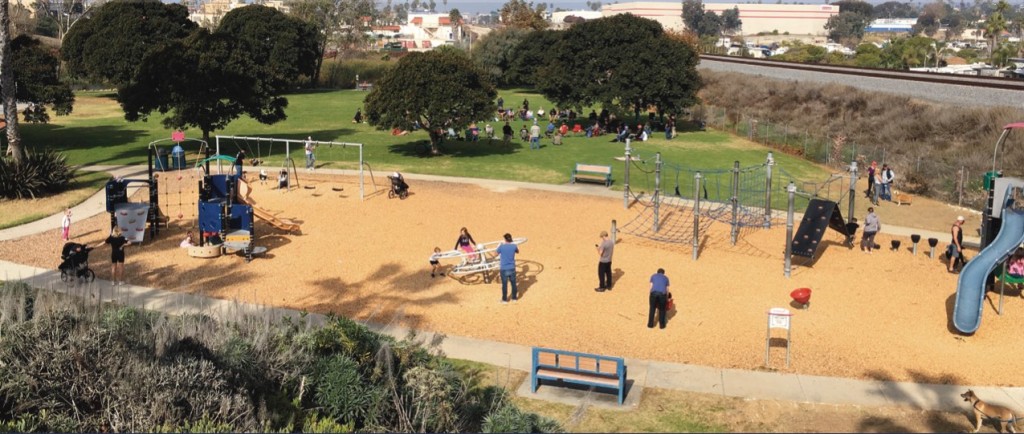
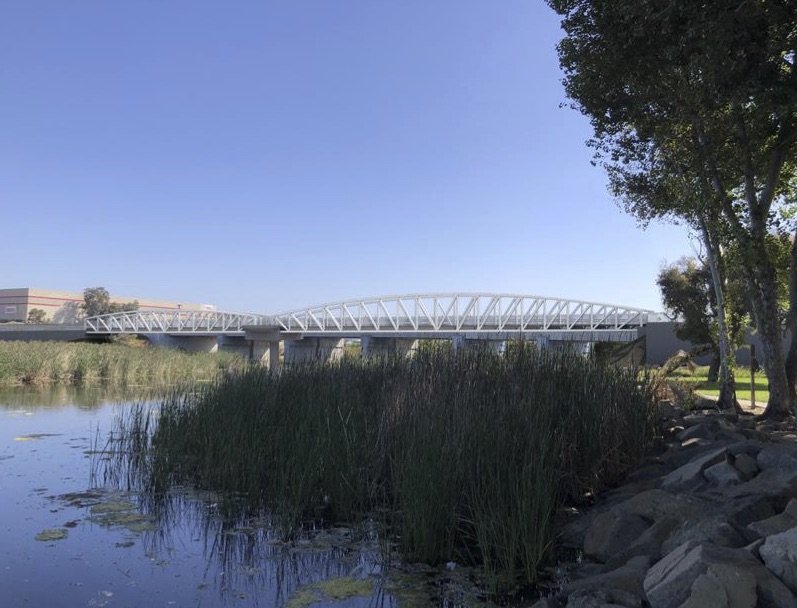
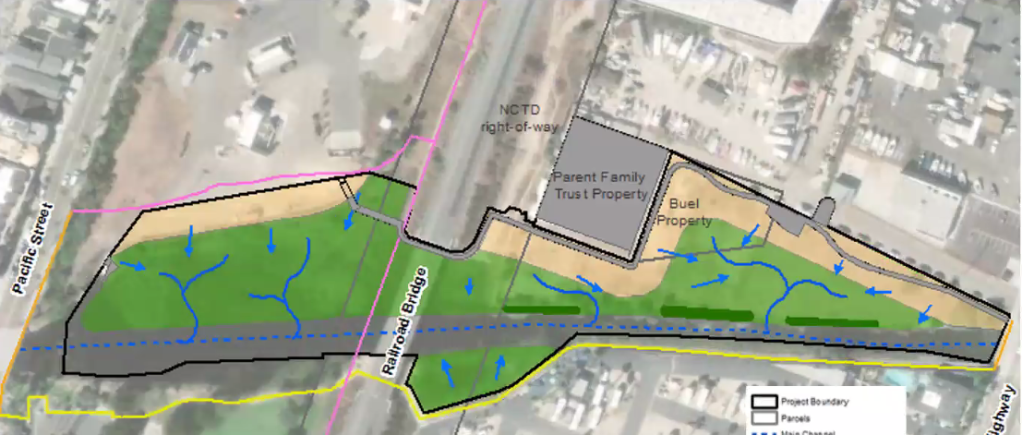

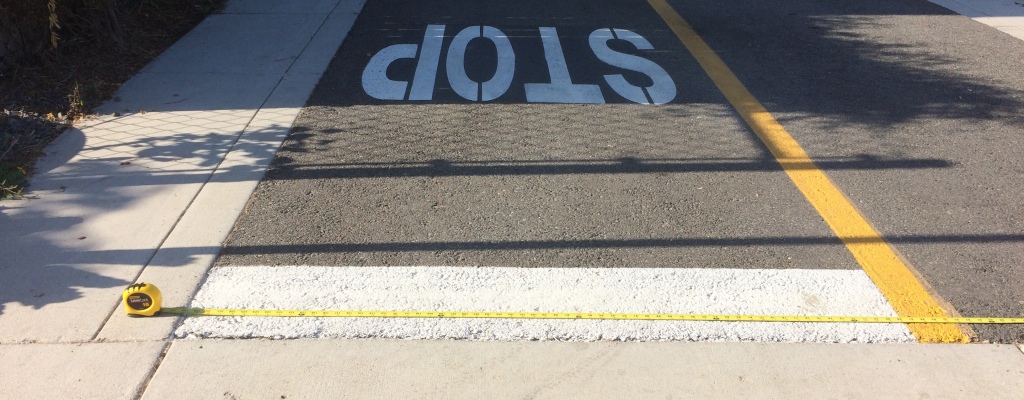
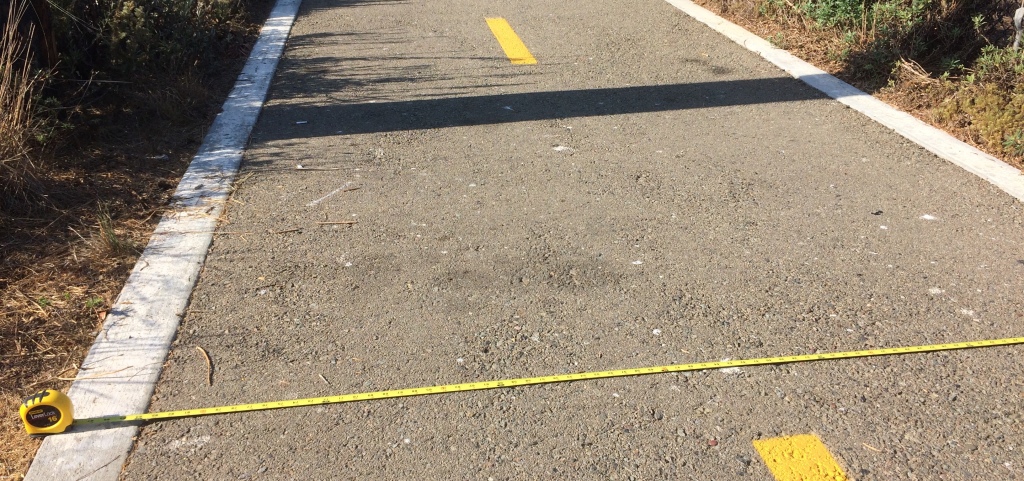
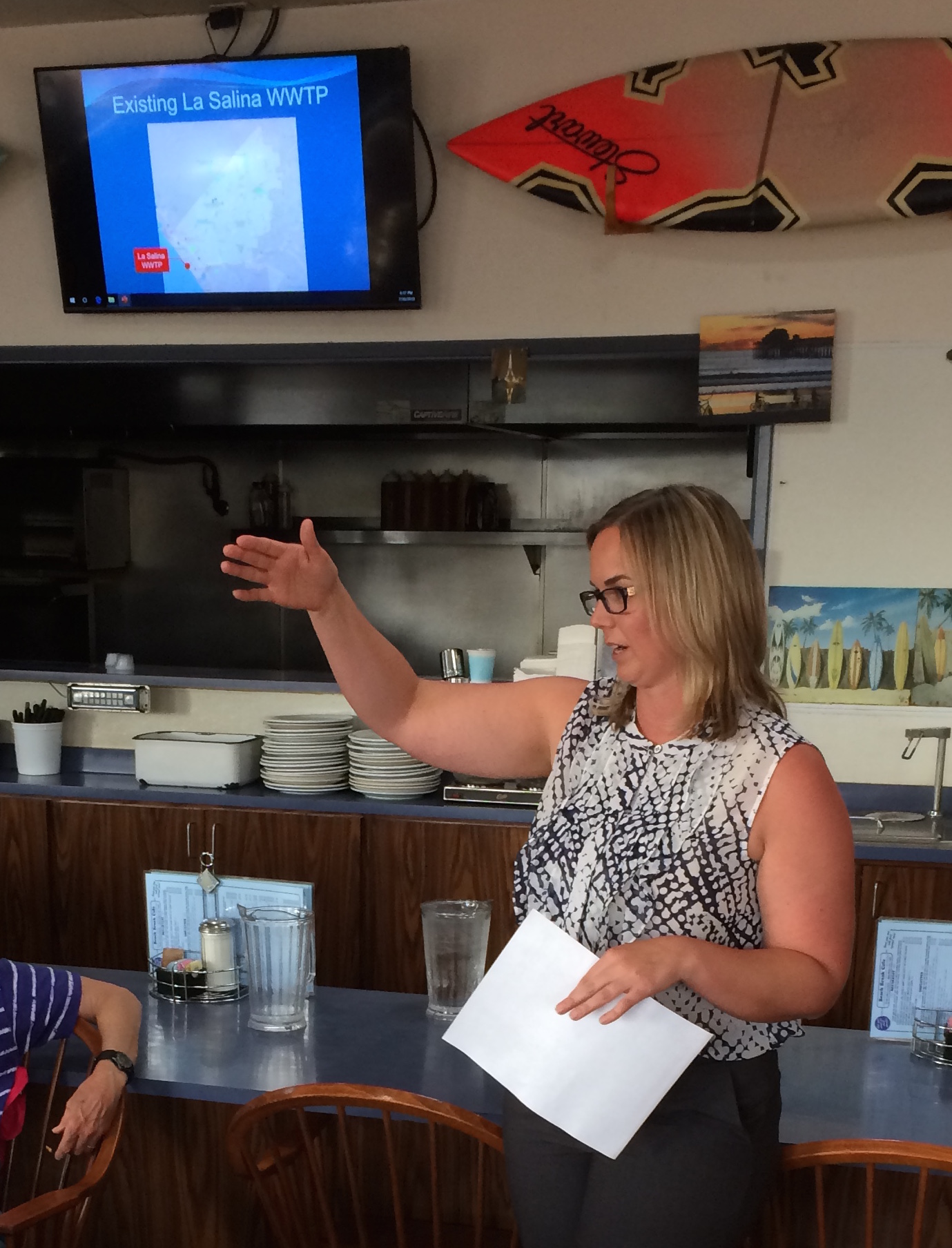 The specific project presented was the decommissioning of the
The specific project presented was the decommissioning of the 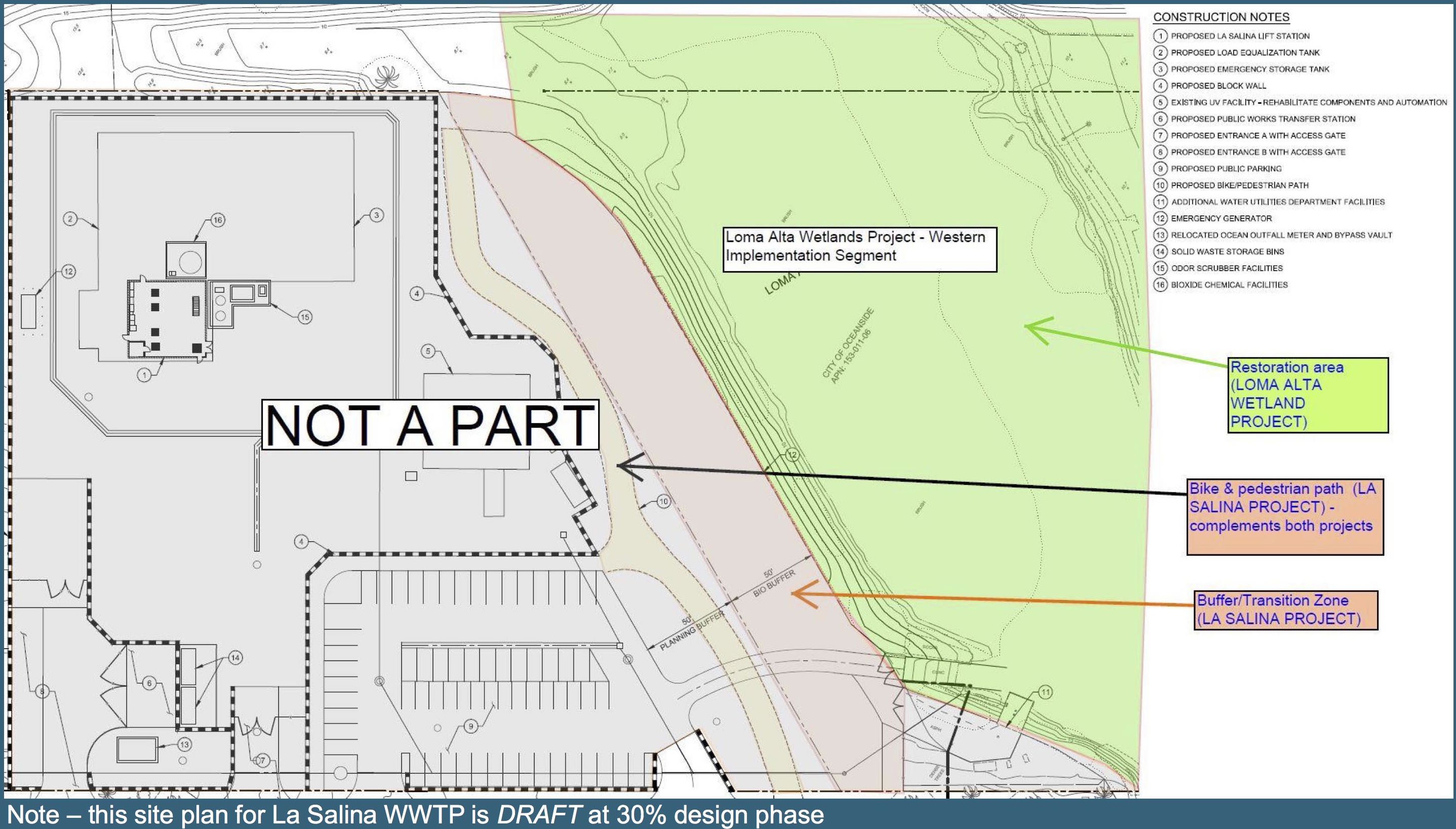 The creek (slough) restoration one of the 100 or so sites being restored by the
The creek (slough) restoration one of the 100 or so sites being restored by the 